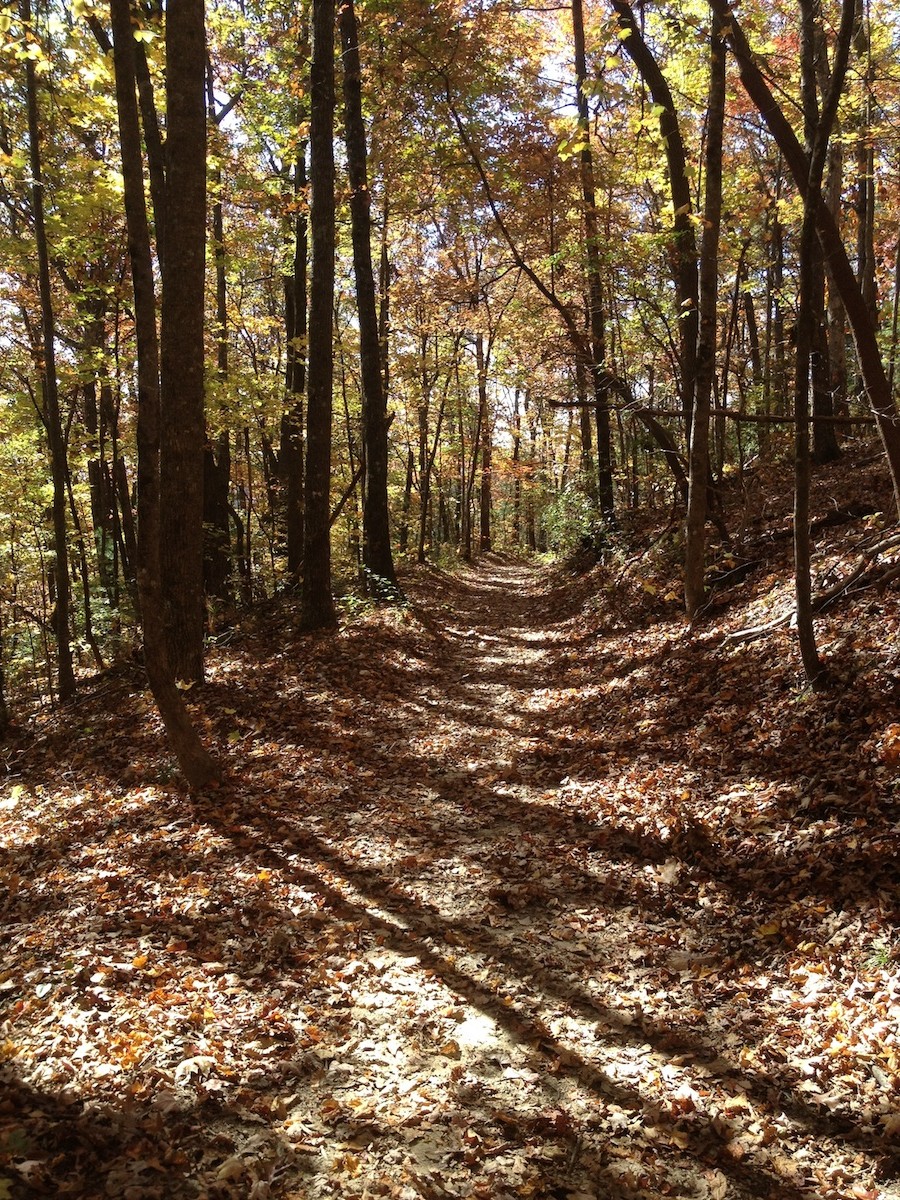
Photo/Illustration: Paul Zimmerman Roses

Photo/Illustration: Paul Zimmerman Roses
The old thinking on roses was to focus on amending only that two-foot by two-foot (60cm x 60cm) hole. No longer. I want you to focus on the entire planting area – particularly if it is a new bed or you are totally replacing an old one.
More and more studies are highlighting the symbiotic relationship between plant life and the soil’s micro-organisms. The most widely discussed being Mycorrhiza. Knowing what they do and how they work will help you better understand why preparing the entire bed is paramount.
The simplest explanation I ever received was this. Mycorrhiza are naturally occurring beneficial fungi that attach themselves to the roots of the plant. They put out tendrils that can go into the soil – well beyond the plant’s roots. They channel water and nutrients back to the plant and in exchange receive sugars such as glucose and sucrose from the plant. Because the plant’s reach is now well beyond its root system it can better withstand drought, bring in more minerals and nutrients and thereby enhance its own inner immune system. Simply put. Healthier roses better able to naturally withstand whatever nature throws their way. This is known as “Pro-Biotic’s”.
If we never disturbed our soil Mother Nature would take care of this for us. But as we prepare garden beds, plant new plants, clean out old debris; we interfere with that process. Not because we are bad gardeners but because we like to plant things! Old debris, however, is a key to this.
Think of a forest floor that is undisturbed. Everyone agrees it is a rich soil environment because over the years, leaves and limbs fall and decompose into the soil every season. It is that decomposing debris that makes living soil.
So how do we duplicate that in our garden?
Achieving this “living soil” profile in the entire bed before planting is actually quite simple. In fact Nature started working on it for you a few million years ago! Unless you have been constantly spraying your soil with fungicides and chemicals the Mycorrhiza are already there. To enhance it this is my simple recipe.
It starts with compost. You can make your own, if you live hear horse farms use old rotted manure, many municipalities are breaking down green waste and making it available for free to residents. Mushroom compost is also good. Whatever you use make sure it is not sterilized or is bagged manure from a factory farm – the latter being high in salts.
Spread the compost over the entire bed. I go two to four inches (5-10cm). Till or fork it in. Don’t beat it too death like a smoothie, just gently work in so as to not greatly disturb the existing micro-organisms already hard at work. What you are adding with the compost is simply more rich food for those beneficial fungi and through them your roses.
If you aren’t sure about the previous history of your soil and are worried it may have become sterile, I would highly advise adding additional Mycorrhiza. There are many great organic products out there they do just that. Check with your local garden center or search around on the internet. Many are in liquid form that you simply drench the ground with after you work in the compost.
Ideally would be to do all of this a month or more before you plant the bed. That time frame gives the soil a chance to settle and the micro-organisms to get established.
Preparing your soil properly will take a little time and yes, expense. But think of it this way. You can spend a little time and money now to lay a strong foundation by working with nature so your roses are naturally healthy on their own or you can spend a small fortune on chemical fertilizers and fungicides later when they struggle in poor soil. What’s the cheapest way to deal with cold season. Vitamin C now or antibiotics later? Ditto for roses!
For more information here is the link to an article in Fine Gardening Magazine by Gregg Quinn on Mycorrhiza
Fine Gardening Recommended Products
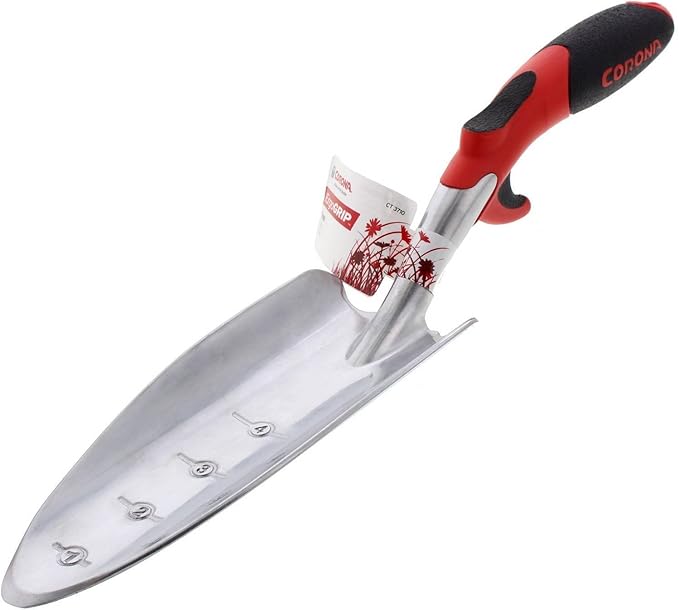
Corona E-Grip Trowel
Fine Gardening receives a commission for items purchased through links on this site, including Amazon Associates and other affiliate advertising programs.

Gardener's Log Book from NYBG
Fine Gardening receives a commission for items purchased through links on this site, including Amazon Associates and other affiliate advertising programs.
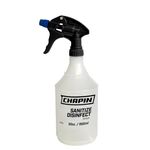
Chapin International 10509 Upside-Down Trigger Sprayer
Fine Gardening receives a commission for items purchased through links on this site, including Amazon Associates and other affiliate advertising programs.

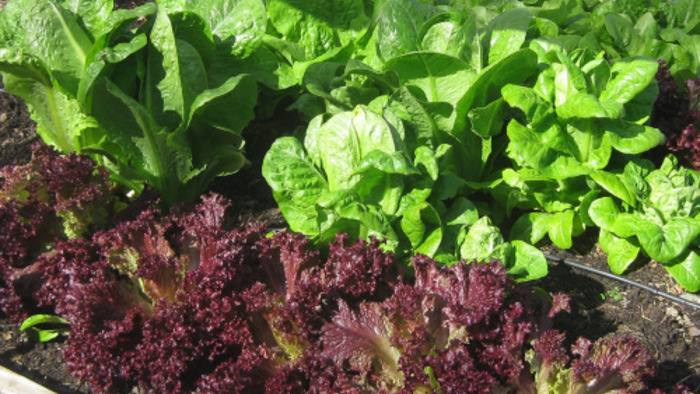

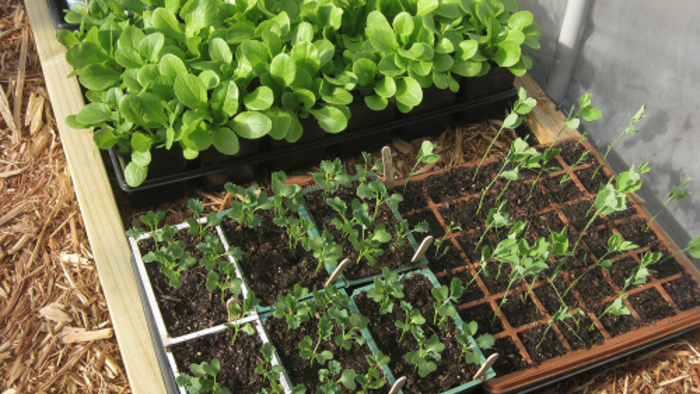


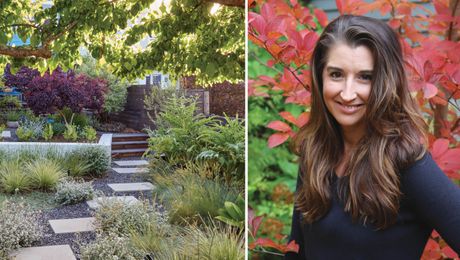
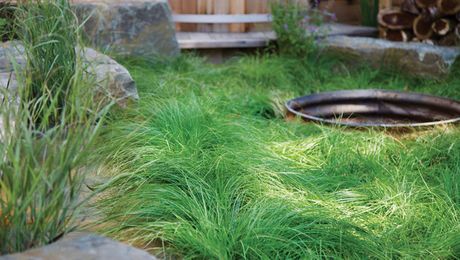
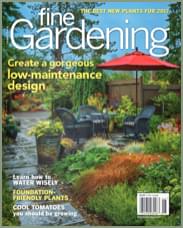

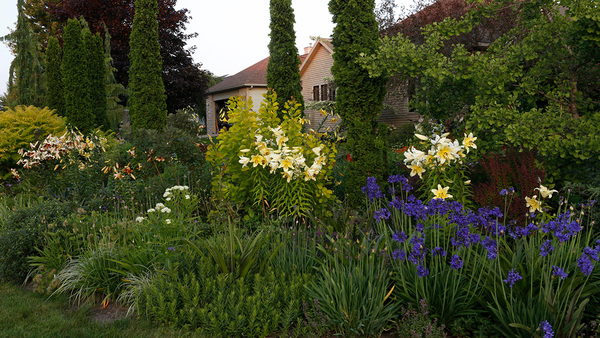



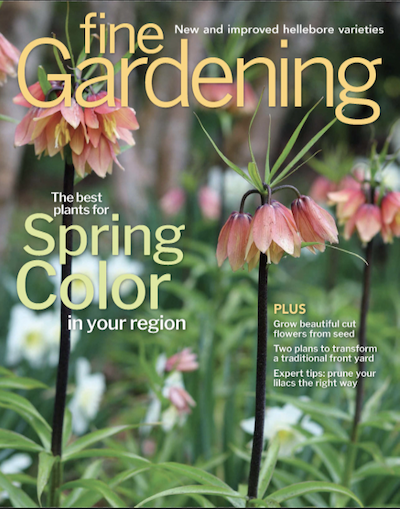



Comments
I'm happy to read this in Fine Gardening. Too often, gardening magazines espouse the old chemical "quick fixes".
We now know that the soil is very complex, and we must keep our soil ecosystem in balance–with all its nutrients, organisms, fungi and bacteria. By making and using compost, we foster that process. As you say, Mother Nature has a lot of experience in this area.
Log in or create an account to post a comment.
Sign up Log in